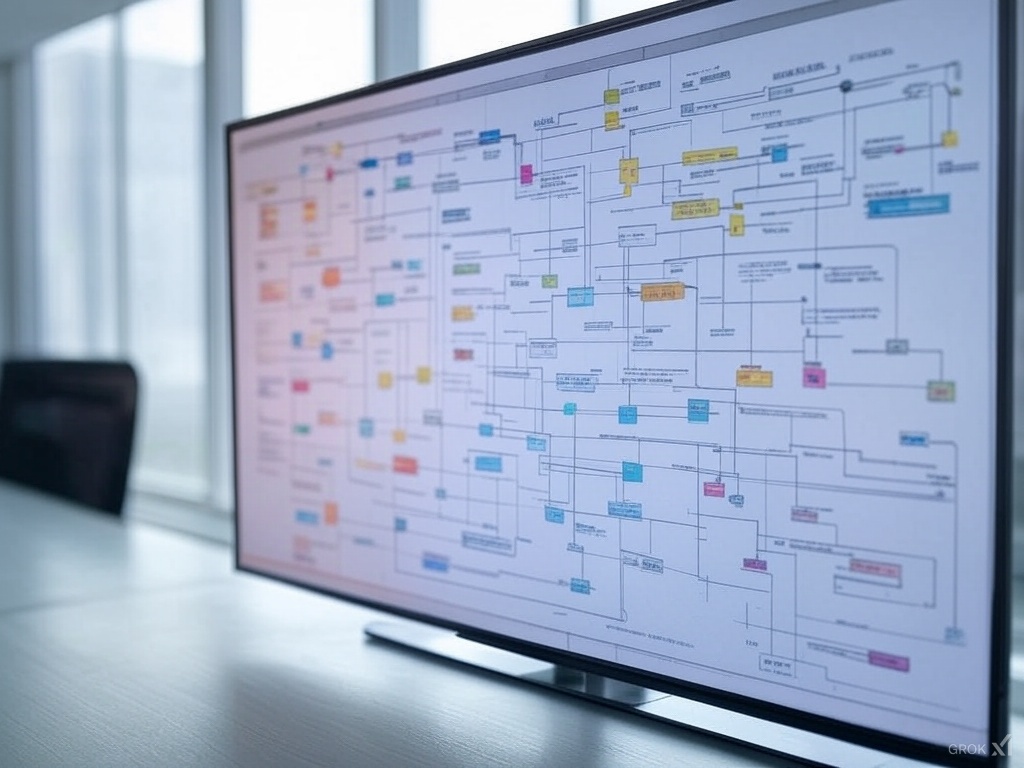
AI Firewall
AI Firewall is a security layer purpose-built to defend artificial intelligence systems, especially large language models (LLMs) and generative AI APIs, against...

Artificial Intelligence (AI) in cybersecurity leverages AI technologies such as machine learning and NLP to detect, prevent, and respond to cyber threats by automating responses, analyzing data, and enhancing threat intelligence for robust digital defense.
AI for cybersecurity involves the use of machine learning algorithms, natural language processing bridges human-computer interaction. Discover its key aspects, workings, and applications today!"), and other AI techniques to analyze and correlate data from various sources. These technologies help identify and prioritize threats, automate responses to incidents, and provide actionable insights for further investigation. AI systems analyze network traffic, user behaviors, and other data to understand what constitutes normal activity and flag deviations that might suggest cyber threats.
The integration of AI in cybersecurity allows for real-time monitoring and response, reducing the reliance on human intervention and minimizing reaction times to threats. By automating routine security tasks, AI frees up cybersecurity professionals to focus on more complex issues, enhancing overall security posture.
Machine Learning Algorithms
Enable systems to learn from historical data, recognize patterns, and improve over time without explicit programming. Machine learning models are trained on datasets to identify anomalies and predict potential security incidents, making them indispensable in detecting new and evolving threats.
Natural Language Processing (NLP)
Allows systems to understand and process human language, aiding in threat intelligence and automated response generation. NLP is particularly useful in analyzing unstructured data from social media, forums, and other platforms to identify emerging threats and trends.
Computer Vision
Uses image data to detect anomalies or threats, often applied in surveillance and monitoring. Computer vision can identify suspicious activities in video feeds and enhance physical security measures by integrating with AI-driven analytics.
User and Entity Behavior Analytics (UEBA)
Analyzes user behavior to establish a baseline of normal activity and detect deviations indicative of insider threats or compromised accounts. UEBA provides insights into user actions, helping to identify malicious behavior that traditional security measures might miss.
AI excels at identifying threats by analyzing vast amounts of data from different sources and recognizing unusual patterns. Machine learning algorithms can detect sophisticated attacks like phishing and malware much faster than traditional methods.
Use Case:
AI systems can analyze email content to differentiate between spam and phishing attempts, rapidly identifying and blocking threats before they reach users.
AI automates responses to detected threats, reducing the need for manual intervention and speeding up the incident response process. This includes isolating compromised systems or blocking malicious traffic in real-time.
Use Case:
AI-driven platforms like Microsoft Security Copilot automate incident response actions, such as isolating affected systems, minimizing the impact of breaches.
AI uses pattern recognition to detect anomalies in network traffic, user behavior, and system logs. Anomalies often indicate potential security incidents, such as unauthorized access or data exfiltration.
Use Case:
AI tools like IBM’s QRadar use machine learning to identify deviations from normal behavior, alerting security teams to investigate further.
AI helps prioritize and manage vulnerabilities by predicting which are most likely to be exploited. This enables more efficient patch management and reduces the window of opportunity for attackers.
Use Case:
AI-powered solutions like Tenable’s Exposure AI use predictive analysis to identify vulnerabilities that are likely targets, optimizing patch deployment.
AI enhances cyber threat intelligence by processing unstructured data from sources like social media, news, and threat feeds to generate actionable insights.
Use Case:
Platforms like Vectra’s Cognito use AI to collect and analyze network metadata, prioritizing threats and helping security teams focus on critical issues.
AI supports penetration testing by automating the discovery and exploitation of vulnerabilities, which helps in assessing the security posture of systems more efficiently.
Use Case:
AI tools assist ethical hackers in simulating attacks, identifying exploitable weaknesses, and enhancing the security of applications.
AI systems can generate false positives, leading to alert fatigue and potentially causing important threats to be overlooked. Continuous tuning and refinement of AI models are necessary to reduce false positives.
AI systems trained on biased data sets may produce discriminatory outcomes, impacting decision-making in cybersecurity operations. Ensuring diverse and comprehensive training data is crucial.
AI’s ability to process vast amounts of data raises privacy issues, particularly regarding the potential misuse of sensitive information. Organizations must implement robust data governance practices.
Implementing AI in cybersecurity can be expensive due to the need for specialized hardware, software, and skilled personnel. Organizations must weigh the benefits against the costs.
AI in cybersecurity refers to the use of artificial intelligence technologies like machine learning and NLP to detect, prevent, and respond to cyber threats by automating tasks, analyzing data, and enhancing threat intelligence.
AI improves threat detection by analyzing large volumes of data, recognizing patterns, and identifying anomalies faster than traditional methods, helping to detect sophisticated attacks such as phishing and malware.
Challenges include false positives, bias in AI algorithms, ethical and privacy concerns, and the cost of implementation, requiring continuous refinement and robust data governance.
Common use cases include threat detection and prevention, automated incident response, anomaly detection, vulnerability management, threat intelligence, and supporting penetration testing and ethical hacking.
See how AI-driven solutions can strengthen your organization’s cybersecurity with real-time threat detection and automated response.
AI Firewall is a security layer purpose-built to defend artificial intelligence systems, especially large language models (LLMs) and generative AI APIs, against...
Discover how Agentic AI and multi-agent systems revolutionize workflow automation with autonomous decision-making, adaptability, and collaboration—driving effic...
Discover everything you need to know about 'ai assist'—what it is, how it works, use cases, technology, security, and how to implement FlowHunt’s advanced AI as...
Cookie Consent
We use cookies to enhance your browsing experience and analyze our traffic. See our privacy policy.

